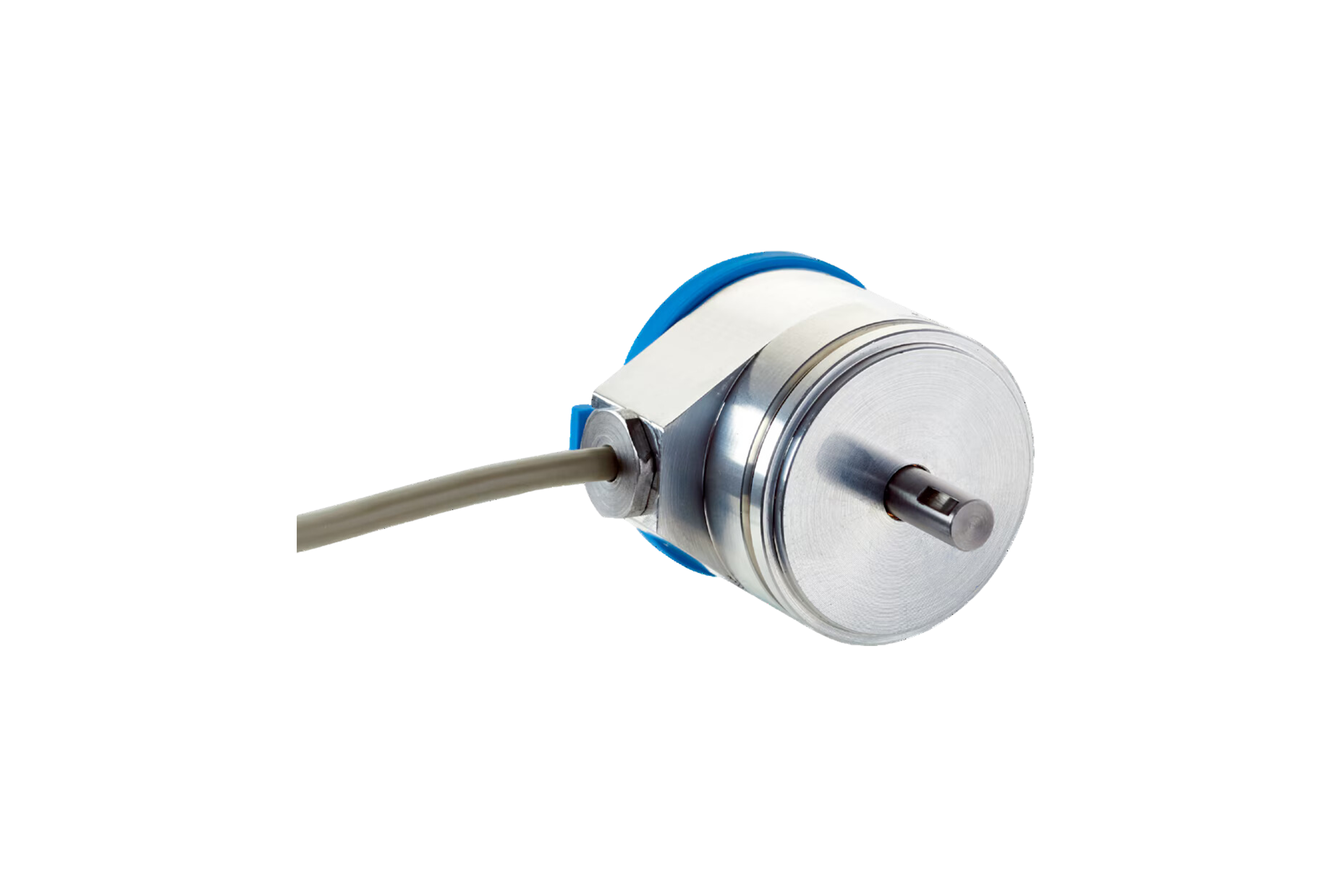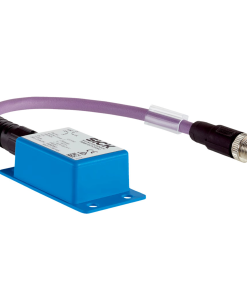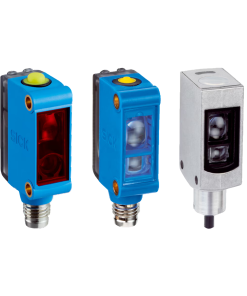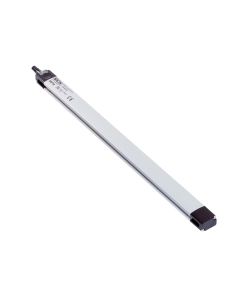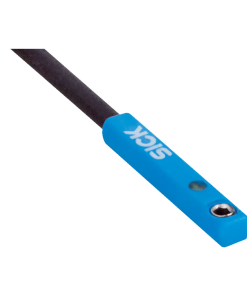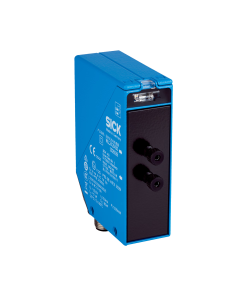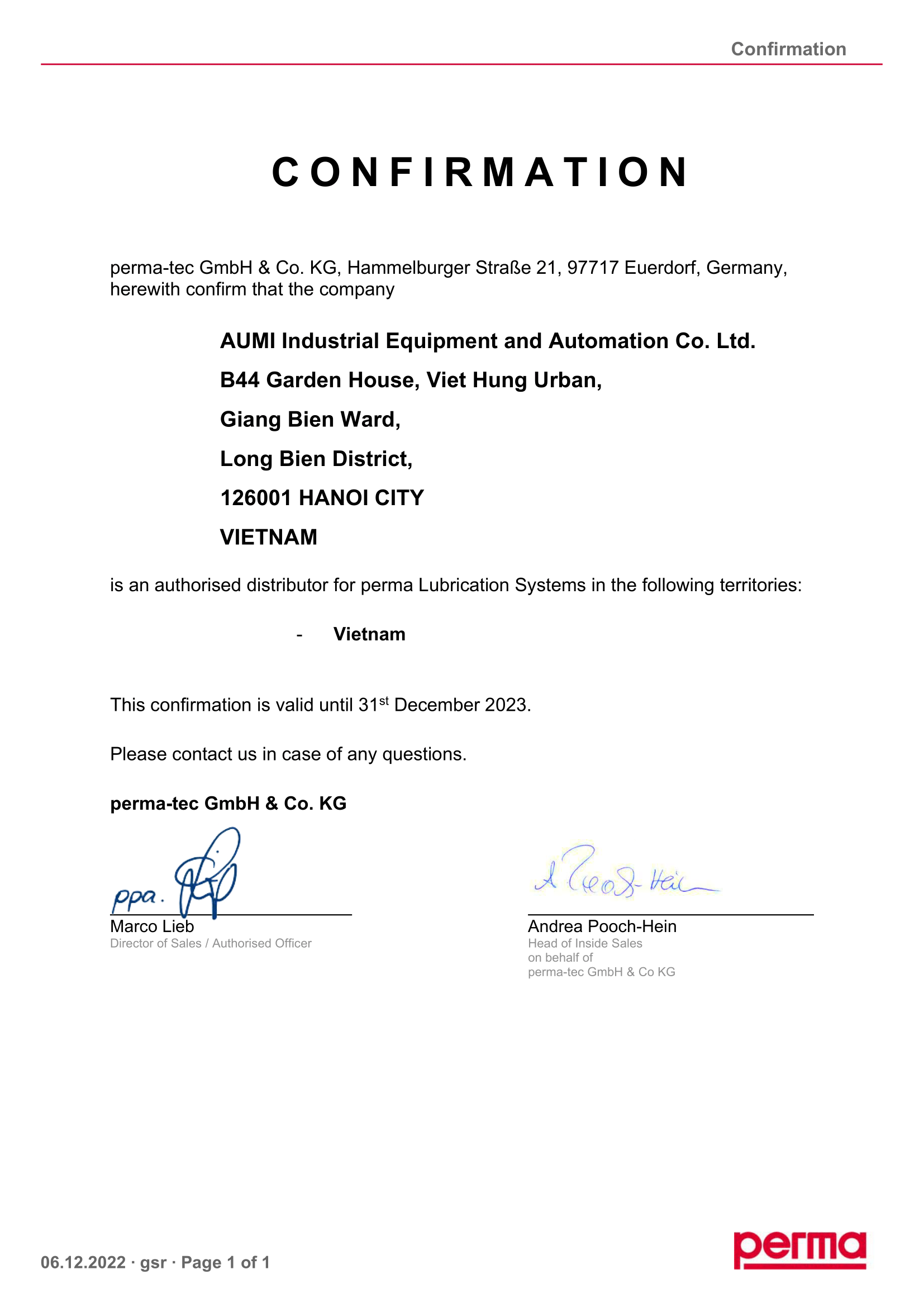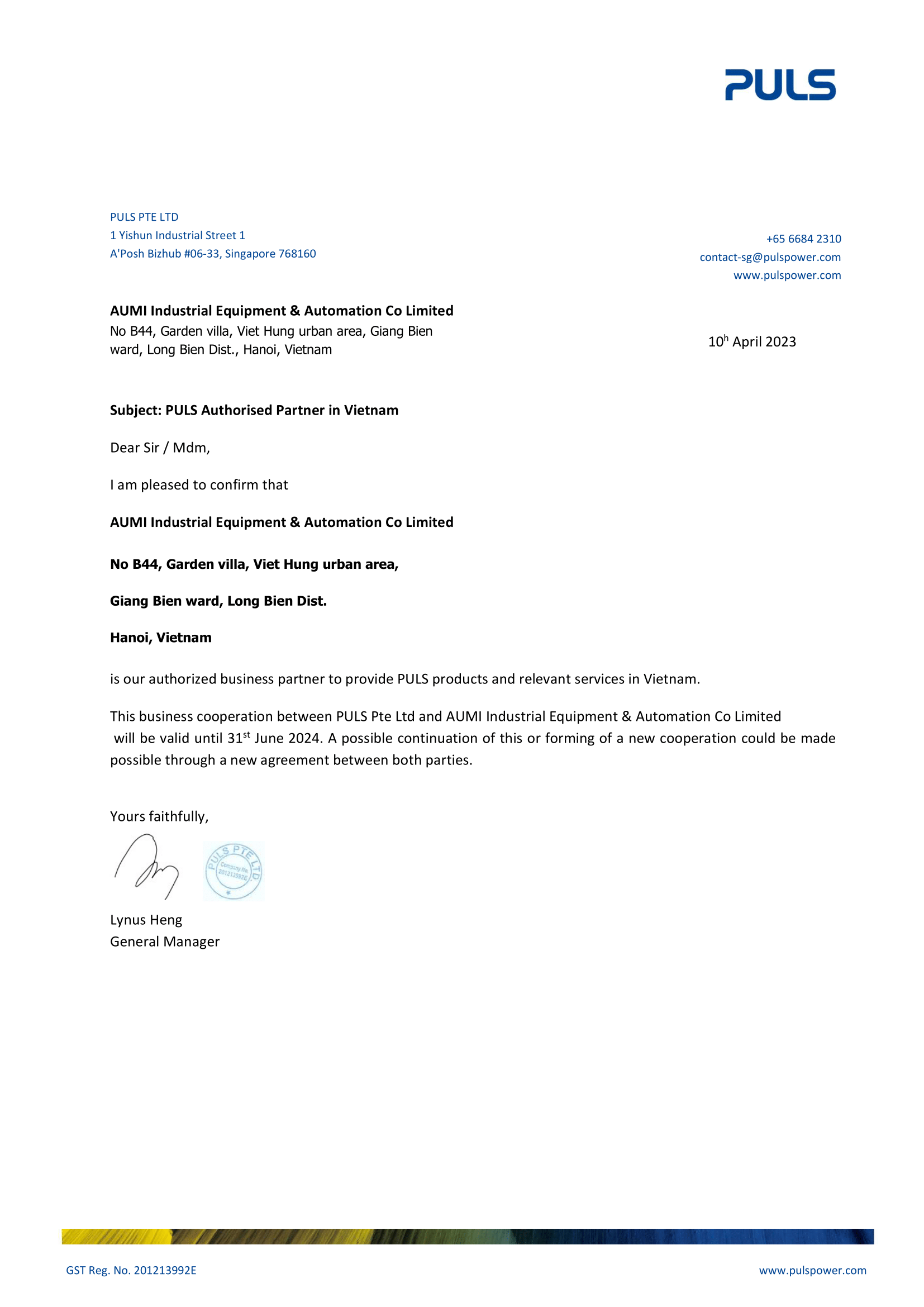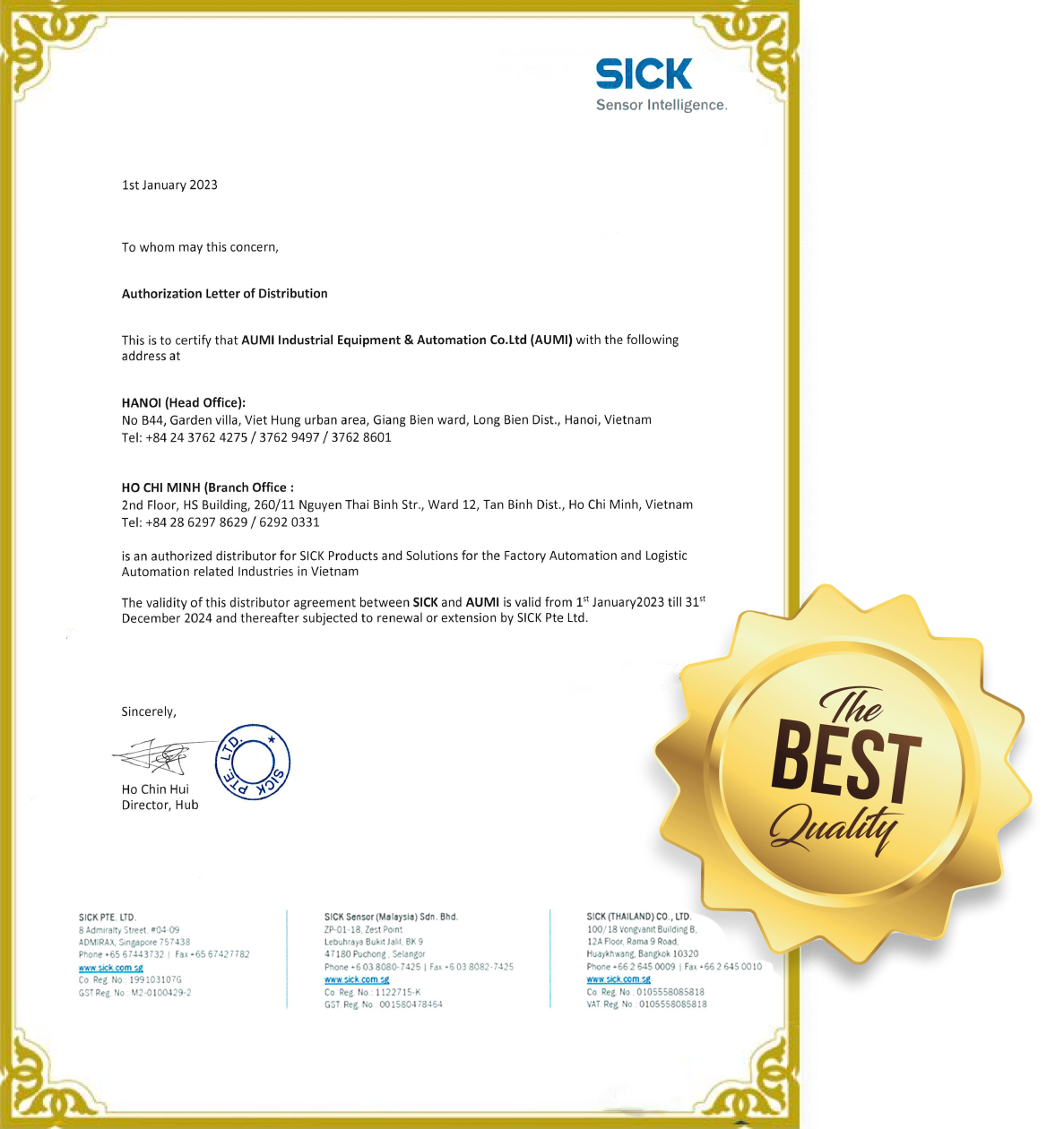| Product | Part no. | Communication Interface detail | Singleturn or multiturn version | Number of steps per revolution |
| ACS36-K1K0-K01 | 6053311 | Current | Singleturn | 2979 |
| ACM36-K1K0-K01 | 6039751 | Current | Multiturn | 2979 |
| ACS36-L1K0-K01 | 6052345 | Voltage | Singleturn | 3723 |
| ACM36-L1K0-K01 | 6039752 | Voltage | Multiturn | 3723 |
Absolute encoders ACS/ACM36
- The ACS36 (singleturn) and ACM36 (multiturn) encoder families have an analog interface with a maximum resolution of up to 3723 steps (for singleturn and multiturn).
- The analog interfaces (current/voltage) offer a low-cost solution for detecting the position and path, and thereby help to reduce overall system costs.
- IP65 protection class
- Operating temperature: –30 °C to +80 °C
Categories: Sick, Adsolute encoders, Encoder
Tags: Adsolute encoders, Encoder, ACS/ACM36
At a glance:
- The ACS36 (singleturn) and ACM36 (multiturn) encoder families have an analog interface with a maximum resolution of up to 3723 steps (for singleturn and multiturn).
- Using the teach-in function on the membrane keyboard, the measuring range can be intuitively programmed directly on the device in just a few clicks.
- A current signal of 4-20 mA or a voltage signal of 0-10 V is output depending on the device version.
- Intuitive configuration of the measuring range directly on the device using membrane keyboard (teach-in function) saves time and requires no special expertise.
- The compact size (36-mm format) allows the encoder to be used in confined spaces and thus provides greater freedom for development and machine design.
- The analog interfaces (current/voltage) offer a low-cost solution for detecting the position and path, and thereby help to reduce overall system costs.
Features:
- Compact 36 mm absolute encoder with up to 3723 steps (for singleturn and multiturn)
- Servo flange
- Radial cable connection
- Analog interface 4 to 20 mA or 0 to 10 V
- Programming via keypad on the encoder
- IP65 protection class
- Operating temperature: –30 °C to +80 °C
Related products
SALE
Motion control sensors
- Inclination measurement in two axes without mutual interference
- Reliable output signal thanks to configurable digital filter
- High resolution (0.01°) and accuracy (±0.1° typ.)
- Programmable with the PGT-12-Pro
SALE
Sick
- Small, simple, fast
- Top performance for versatile, space-saving use in the packaging industry
- High grayscale resolution
- Available in white light, RGB light, and laser variants
- IO-Link interface
SALE
T-slot cylinders
- Position sensors for large pneumatic cylinders and drives
- Easy adjustment of sensor settings and parameters during operation using a teach pad or IO-Link
- Position sensor for use on pneumatic cylinders
- Sensor variants with measuring ranges of 107 mm to 1,007 mm
SALE
- Short switching point optimized for gripper applications increases process efficiency due to higher PSDI times
- Short housing (19.5 mm) for use in pneumatic grippers and miniature cylinders
- LED for indicating the output state
- IP67 enclosure rating
- Sensor is fully recessed in the slot
SALE
- Powerful 2G fiber-optic sensor for explosive environments
- Special electronics are used to efficiently achieve long sensing distances and ranges in conjunction with fiber-optic cable systems
- Output type: EN 60947-5-6 (NAMUR)
- M12 plug or M16 screw connection: rotatable 90°

